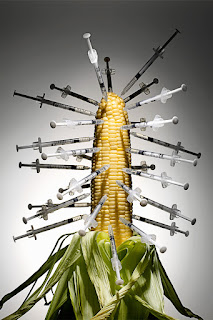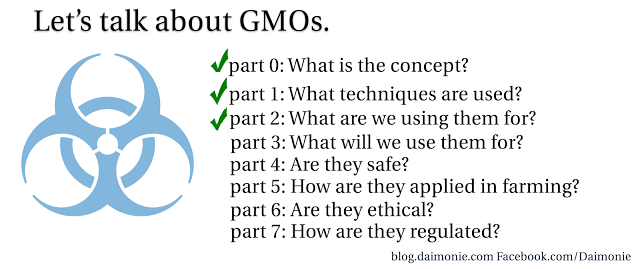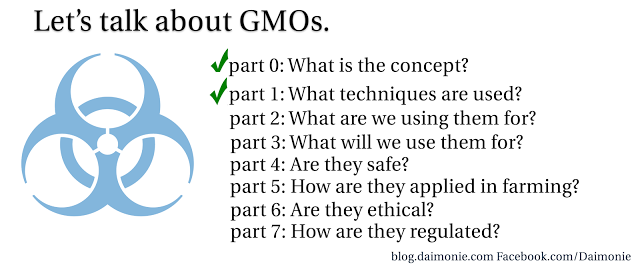A new logical fallacy

Fallacy: Hoc posset esse praemium. Ergo hoc est iam solvit. Introduction For the last seven years, I've been participating in online discussions of various science related subjects. It all started when, towards my second year of university, I decided to answer some physics questions on science-related facebook pages (e.g. I Fucking Love Science). Shortly into that endeavor, I started to encounter dishonest people. People that framed a question, but then aggressively started to attack your simplified explanation because they didn't agree with some part of science. This happened for all sorts of topics, such as evolution, climate change, Einstein's gravity (general relativity), genetic engineering, the list goes on. John Oliver tackled vaccines in his show. This shot was shared in anti- vaccine groups - adding a little flavour of their own. I've seen a lot of online discussion. When I started, I had one foot firmly planted in the 'all natural'


